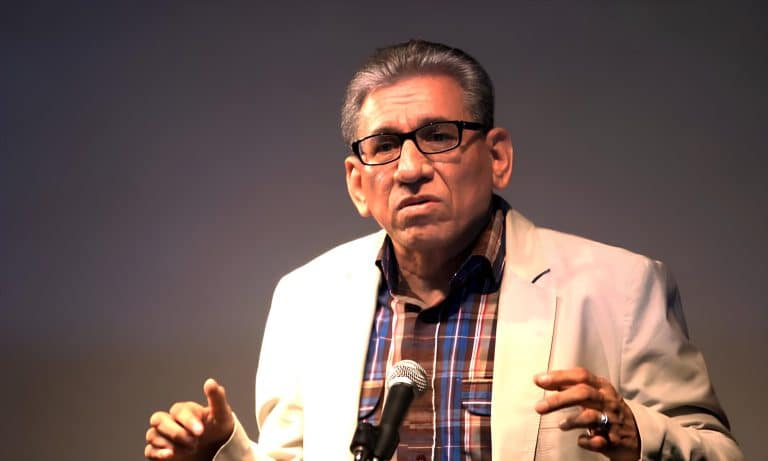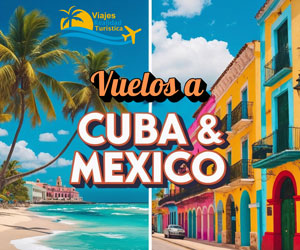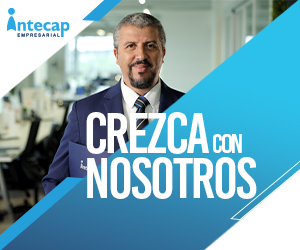Humberto Ortega, a onetime guerrilla fighter who became chief of Nicaragua’s military in the Sandinista regime led by his brother Daniel Ortega, but who spent his final months under house arrest after decrying his sibling’s “dictatorial” grip, died Sept. 30 in the country’s capital, Managua. He was 77.
A statement by Nicaragua’s armed forces said Mr. Ortega died in a military hospital and suffered from health issues including heart problems. A specific cause of death was not noted.
After the leftist Sandinista Front toppled the U.S.-backed dictator Anastasio Somoza in 1979, the two Ortega brothers emerged as pillars of the revolution and leaders in the ensuing battles against rebels, known as contras, supplied and funded by Washington. Daniel was Nicaragua’s leader. Younger brother Humberto had the critical task of rebuilding the military.
Mr. Ortega also added a role as a propagandist. In 1985, he vowed that the United States would face certain defeat if the Pentagon opted to invade Nicaragua. Mr. Ortega in 1987 called a former top commander, Maj. Roger Miranda Bengoechea, a “little worm” after he defected to the United States.
When a Nicaraguan tribunal gave a 30-year prison sentence in 1986 to Eugene Hasenfus, a former active-duty Marine who was aboard a downed cargo plane that was ferrying arms to the contras, Mr. Ortega described the punishment as a political message to President Ronald Reagan.
The court, Mr. Ortega said, condemned “not the citizen Hasenfus, but the irrational, unjust policy of the current U.S. administration.” (Hasenfus served 73 days in custody before being pardoned and released in what Daniel Ortega called a gesture of peace.)
Beyond the contras, Mr. Ortega directed attacks on any perceived domestic threats to Sandinista control. In one of the most sweeping assaults, Nicaraguan forces carried out forced evacuations and killings in late December 1981 against autonomy-minded Indigenous groups on Nicaragua’s Caribbean coast, leaving scores of people dead and thousands displaced. Previously, CIA-funded guerrillas sought to open a new front against the Sandinistas from the sparsely populated region.
By the late 1980s, contra forces were hobbled by disclosures of a clandestine and illegal U.S. network using Iranian arm sales to fund the Nicaraguan rebels. The Sandinistas agreed to elections in 1990 with expectations of victory to further legitimize their rule.
Instead, Daniel Ortega was soundly defeated by another powerful figure from the anti-Somoza factions, Violeta Chamorro, who took over as publisher of the country’s largest newspaper, La Prensa, after her husband and the newspaper’s former owner, Pedro Joaquín Chamorro, was killed in 1978 by gunmen after years of opposing Somoza’s regime.
Her campaign had been aided by pledges from President George H.W. Bush that the United States would lift its economic embargo on Nicaragua if she was in office.
Then, in a surprise move, Chamorro decided to keep Humberto Ortega as her military chief of staff. The decision was widely seen as a bid for unity. Yet it also opened fissures in Chamorro’s coalition. A chief aide, Luis Sanchez Sancho, described the Chamorro government as “semi-Sandinista” and complained that Mr. Ortega carried a bloody past.
A military tribunal in 1994 acquitted Mr. Ortega of accusations he helped cover up the 1990 killing of a 16-year-old boy who was shot by members of his security team in an incident with Mr. Ortega’s motorcade. The Inter-American Court of Human Rights ordered the government in 1998 to pay $20,000 in damages to the boy’s family.
The new direction of the Chamorro government also forced Mr. Ortega into previously unimaginable situations.
He joined in defense dialogue with U.S. envoys as Washington began to stabilize ties with Nicaragua. He was tasked with whittling down the military he helped create, angering many ousted officers who lost their pay and privileges. At the same time, some former contra fighters were brought into rural security units as part of Chamorro’s peace efforts.
Mr. Ortega retired in 1995 — two years before Chamorro’s term ended — and split his time between Costa Rica and Nicaragua. He was given a 21-cannon salute in a ceremony attended by his brother. He then stunned some old-school Sandinistas with a glib remark about how he was leaving government in comfort — a stark contrast to his threats in 1981 to “hang the bourgeoisie from the light posts.”
His brother, meanwhile, never gave up on his push for a political comeback, and in 2006 Daniel Ortega was elected president. Like before, he built a formidable populist machine — but without his brother this time — as he won successive reelections.
Humberto Ortega became increasingly disillusioned with Nicaragua’s path and what he saw as his brother’s attempt to build a family dynasty with his wife, Vice President Rosario Murillo, as a possible successor.
Mr. Ortega wrote essays that called for more centrist policies and political openness. In 2018, he denounced “indiscriminate repression” after paramilitary units were unleashed on protesters criticizing Daniel Ortega’s government. Hundreds of people were killed.
Mr. Ortega spoke out against crackdowns targeting opposition figures, including a retired general, Hugo Torres, who died in 2022 after eight months in a Managua prison. Mr. Ortega said Torres endured a “cruel imprisonment.”
During an interview in May with the Argentine news site Infobae, Mr. Ortega suggested his brother was cementing a “dictatorial” rule guided by an “authoritarian, personalist, top-down” agenda. Mr. Ortega also said only elections should determine the country’s next leader.
Mr. Ortega’s home was surrounded by Nicaraguan police within hours of the story being posted. More than a week later, Daniel Ortega and Murillo declared Mr. Ortega a “traitor to the homeland” in a nationally television speech.
In an audio message smuggled out of his house in June, Mr. Ortega called himself a “political prisoner” and said that he feared the stress of his “unjust imprisonment” could bring “a fatal outcome at any moment.”
Humberto Ortega Saavedra was born in the central Nicaraguan town of La Libertad on Jan. 10, 1947, and was raised in Managua. The Ortega brothers said their father served in the militia forces of Augusto César Sandino — the namesake of the Sandinistas — in battles in the 1920s and ’30s against U.S. military operations in Nicaragua.
Mr. Ortega and his brothers Daniel and Camilo — all sporting similar dense mustaches — joined the Sandinista movement as students and took part in fighting as the guerrillas advanced in the 1970s. Camilo was killed during a clash in 1978.
Mr. Ortega wrote several books on Nicaraguan history and the Sandinistas, including “La epopeya de la insurrección,” or “Epic of the Insurrection” (2004), on the fall of the Somoza dictatorship.
Survivors include three daughters and two sons.
In the May interview, Mr. Ortega was clear-eyed about whether being the president’s brother offered him protection. He said he was prepared for anything. “The fact that we are blood brothers,” he added, “does not mean that this group led by Daniel has not had, and still has, enormous discomfort with a man like me.” (https://www.msn.com/en-us/news/world/humberto-ortega-nicaraguan-military-chief-turned-critic-dies-at-77/ar-AA1rAWkO?ocid=BingNewsSerp)



































